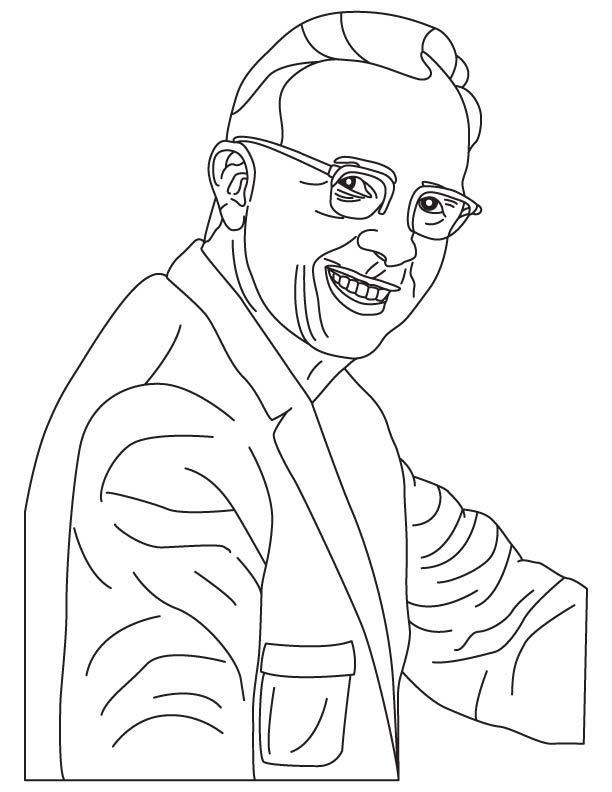Coloring Pages
- Activities Coloring Pages
- Animals and their Homes Coloring Pages
- Animals Coloring Pages
- Baby Animals Coloring Pages
- Cartoons Characters Coloring Pages
- Clothing Coloring Pages
- Coloring Pages for Teens
- Commonwealth Games Coloring Pages & Posters
- Connect the Dots Numbers
- Construction Vehicles and Tools Coloring Pages
- Culture and Tradition Coloring Pages
- Domestic/Farm Animals Coloring Pages
- Educational & Preschool Coloring Pages
- Fantasy, Medieval and Fairy Tales Coloring Pages
- Festivals Around the World Coloring Pages
- Flags of the Nations Coloring Pages
- Flower Coloring Pages
- Food and Agriculture Coloring Pages
- Health and Fitness Coloring Pages
- Holidays & Celebrations Coloring Pages
- House, Building and Home Coloring Pages
- Jungle Coloring Pages
- Maths Worksheets
- Music Coloring Pages
- Nature & Landscapes Coloring Pages
- Parts of Body Coloring Pages
- People, Occupations & Professions Coloring Pages
- Religious Coloring Pages
- Road Sign, Safety, Good Manner, Habit Coloring Pages
- Seasons, Calendar, Time & Money Coloring Pages
- Silhouettes
- Space & Exploration Coloring Pages
- Sports & Recreation Coloring Pages
- Stories, Tales and Classics Characters Coloring Pages
- Toys Coloring Pages
- Trophies, Medals and Awards Coloring Pages
- Vehicles & Transportation Coloring Pages
- World Famous Great Inventions
- World Famous Great Scientist and Inventors
Luis W Alvarez coloring pages


Luis W. Alvarez (13 June, 1911–1 September, 1988) was an American experimental physicist, won Nobel Prize in Physics in the year 1968 for his work which eventually came to be known as Nuclear Magnetic Resonance (NMR). In his early career, he worked in the fields of optics and cosmic rays simultaneously. He co-discovered the 'East-West Effect' in cosmic rays and is also responsible for producing the first 198Hg lamp. Further more, he went on to discover the radioactivity of Tritium (3H). He also introduced three radar systems: Microwave Early Warning System, Blind Landing System of Civilian as well as Military Value and the Eagle High Altitude Bombing System.
His work on the design and construction of the Berkeley 4-foot Proton linear accelerator led to the 'Tandem Van de Graaf accelerator' which was developed after Dr. Alvarez had published the suggestion for charge exchange acceleration. He also contributed to the development of large liquid hydrogen bubble chambers and high-speed devices that measure and analyse millions of photographs produced by the bubble chamber complex. Later, he studied Cosmic rays, using superconducting magnets and balloons.




 Print this page
Print this page














































































































































